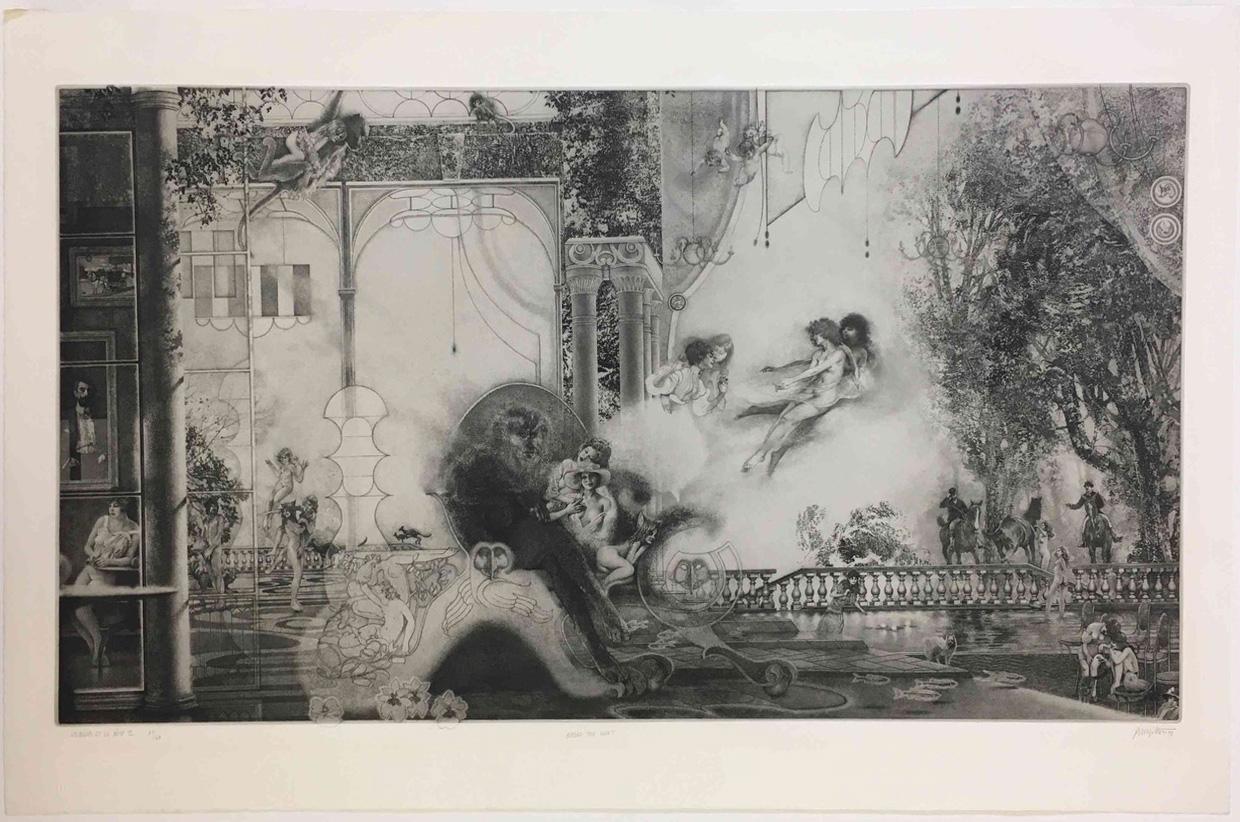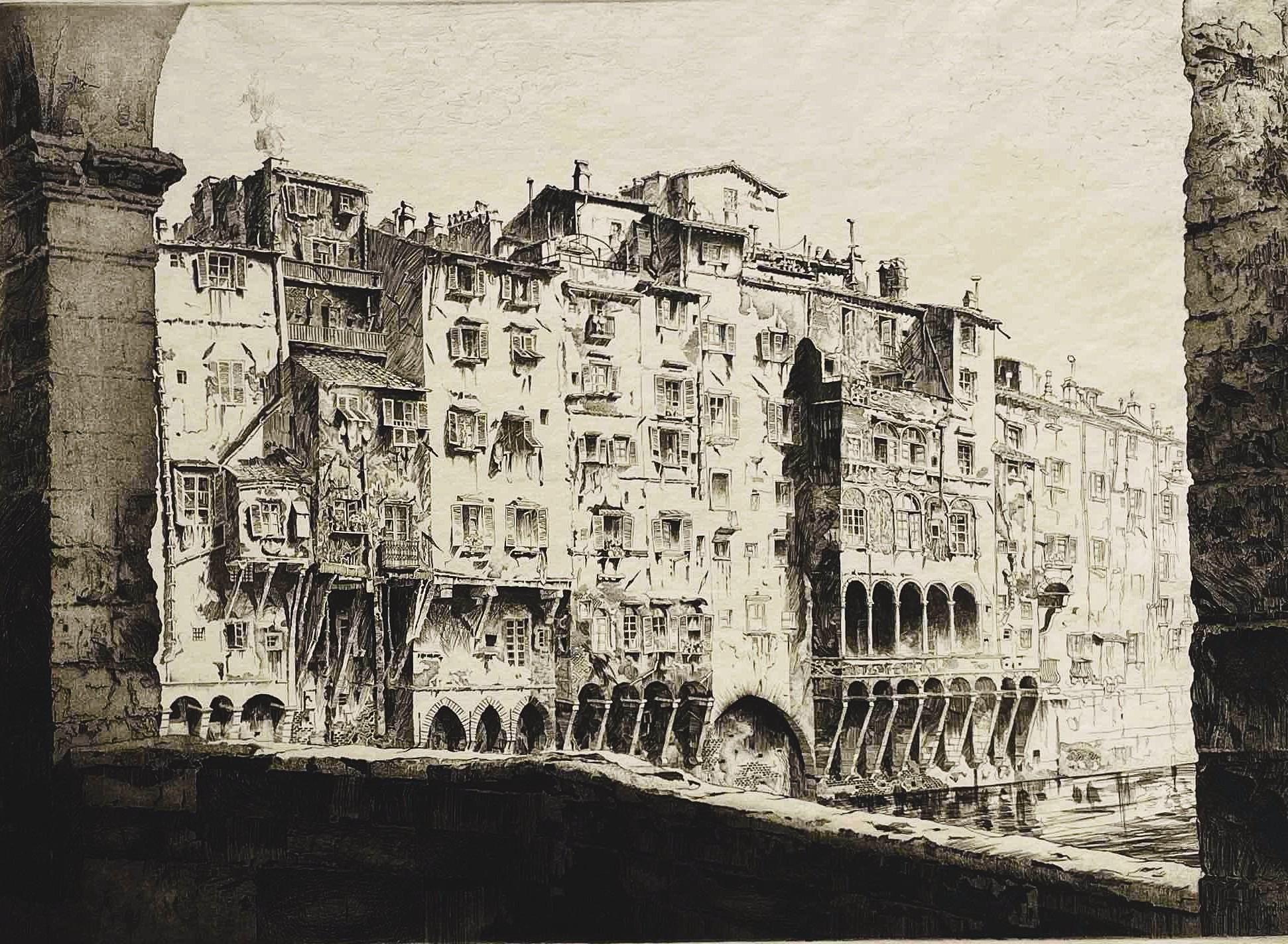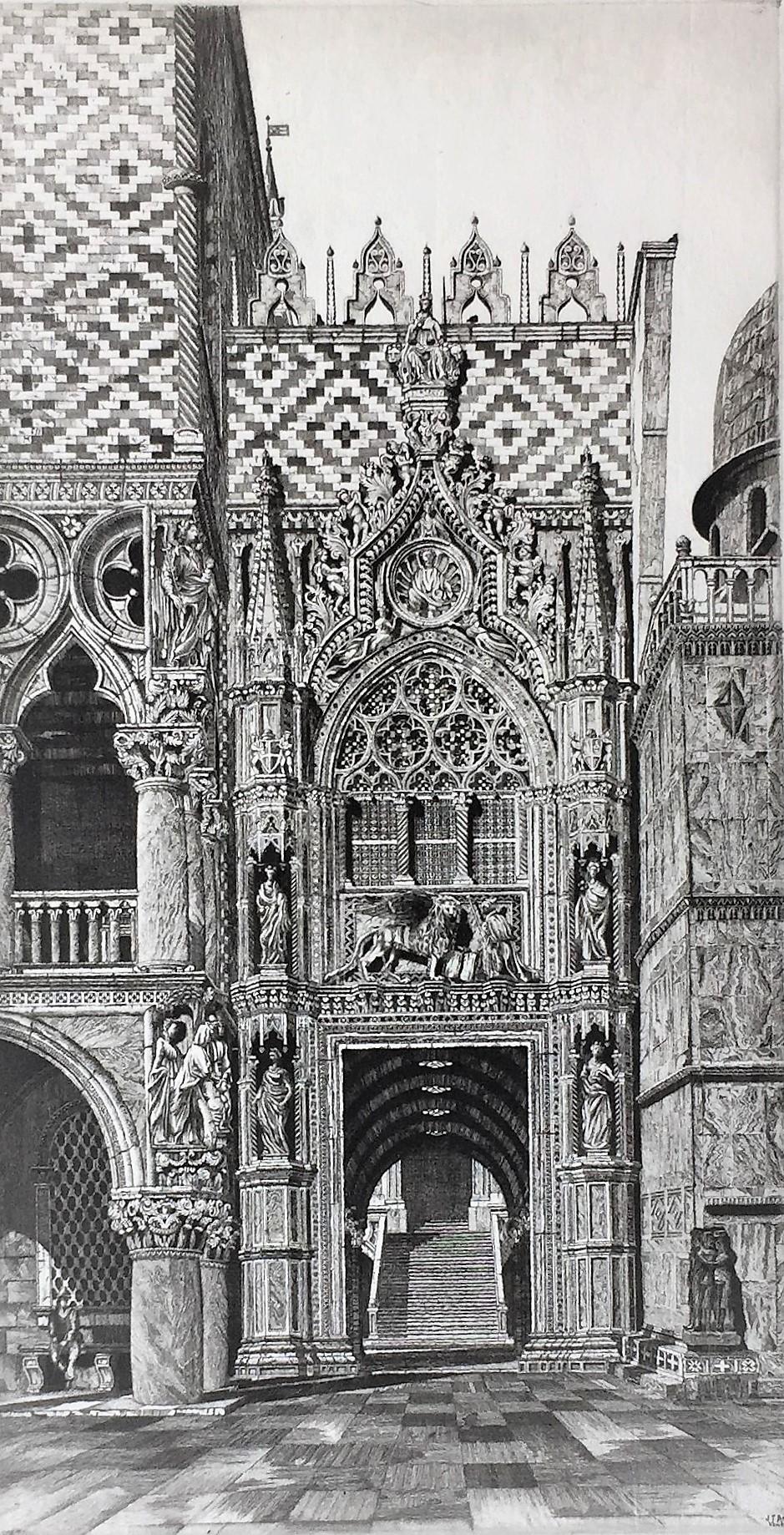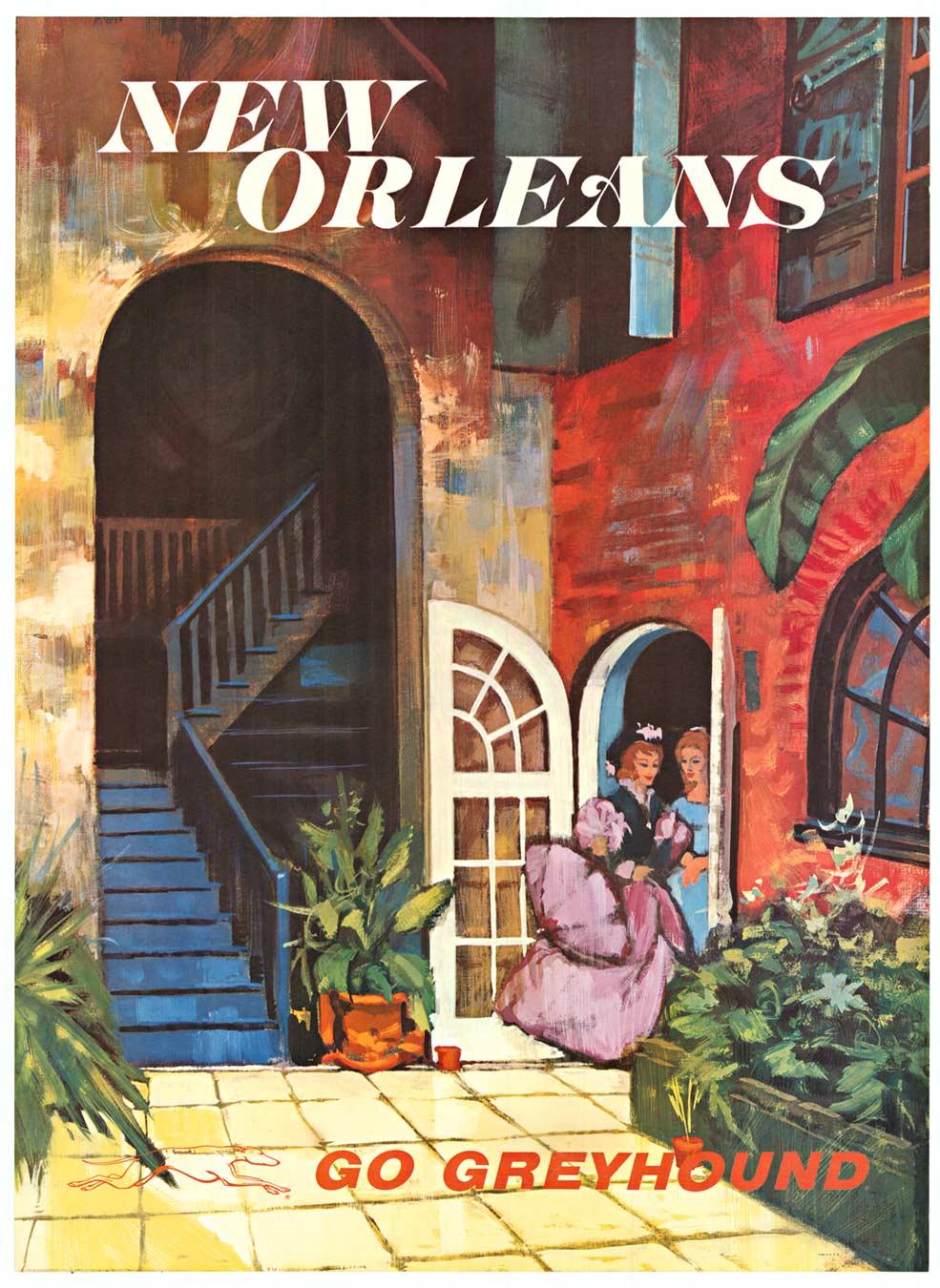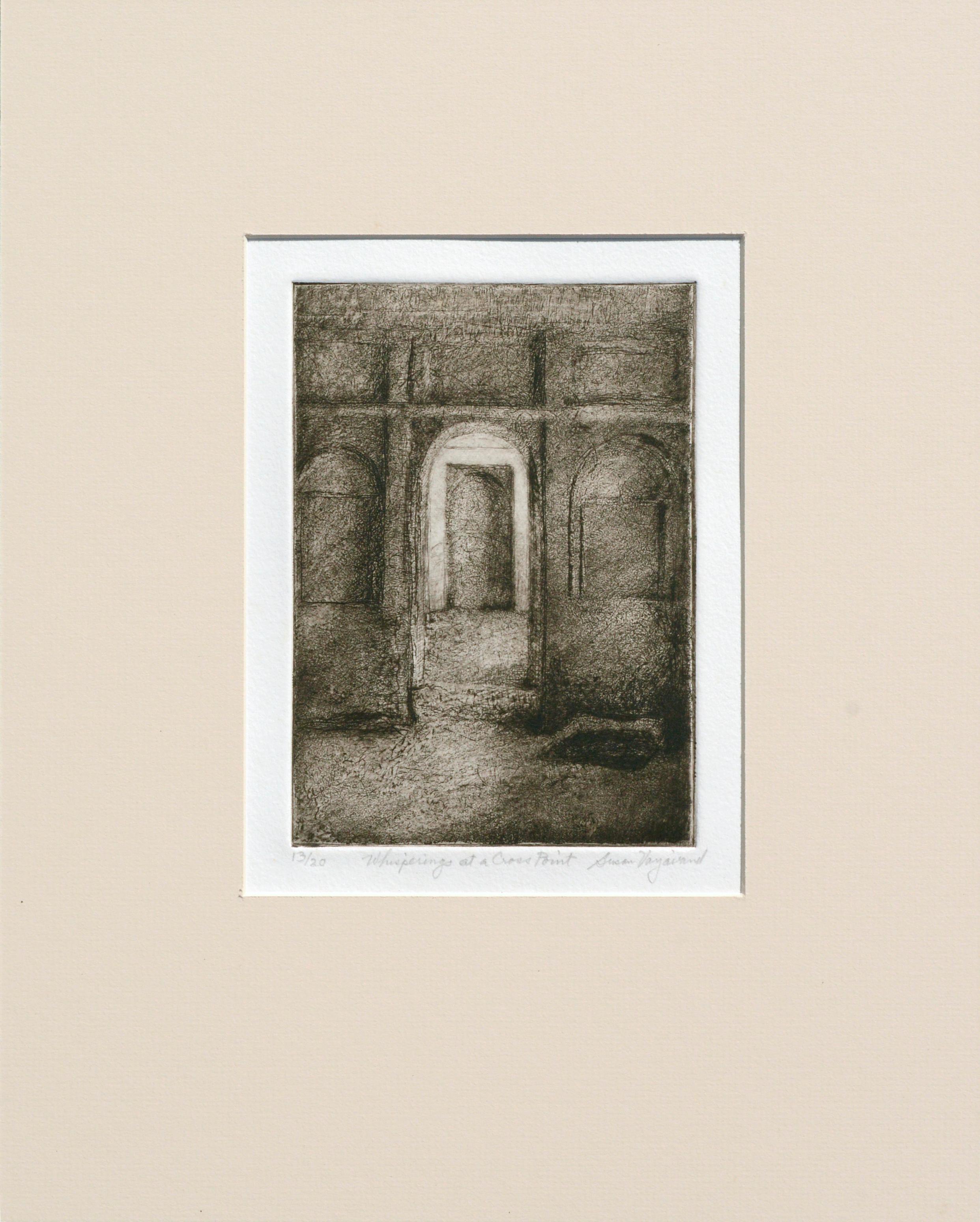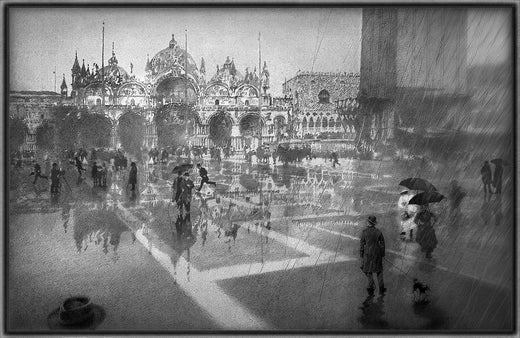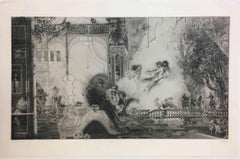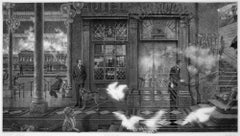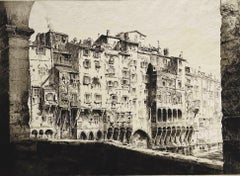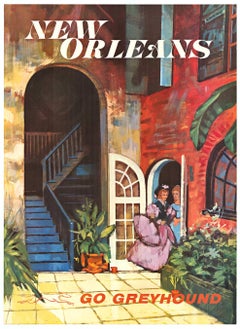Peter MiltonLes Belles et La Bête I: The Rehearsal1977
1977
About the Item
- Creator:Peter Milton (1930, American)
- Creation Year:1977
- Dimensions:Height: 20 in (50.8 cm)Width: 36 in (91.44 cm)
- Medium:
- Movement & Style:
- Period:
- Condition:
- Gallery Location:Middletown, NY
- Reference Number:Seller: BH4551stDibs: LU1979210377372
Peter Milton
Peter Milton was born in Pennsylvania, he studied at VMI and completed his BFA and MFA at Yale University under Josef Albers and Gabor Peterdi. From 1961–68, he lived in Baltimore, where he taught at the Maryland Institute College of Art. During this period he took an avid interest in printmaking. Over 50 years, he created intricate visual worlds in more than 130 prints, many of which took over a year to make. Elements of Greek mythology, classical music, art history and history coalesce in his images, which embrace the messiness, sorrow, and elation that is life. His work is in over 200 collections including; the Museum of Modern Art, New York; Metropolitan Museum of Art, New York; Brooklyn Museum, New York; Fogg Art Museum, Harvard University, Massachusetts and the National Gallery of Art, Washington DC.
- ShippingRetrieving quote...Shipping from: Middletown, NY
- Return Policy
More From This Seller
View All1970s American Modern Interior Prints
Archival Paper, Engraving, Etching
1990s American Modern Interior Prints
Charcoal, ABS, Engraving, Etching
1980s American Modern Figurative Prints
Engraving, Etching
1930s American Modern Landscape Prints
Archival Paper, Drypoint, Etching
Early 20th Century American Modern Landscape Prints
Archival Paper, Drypoint, Etching
1970s American Modern Landscape Prints
Engraving, Etching, Archival Paper
You May Also Like
1920s American Modern Landscape Prints
Drypoint, Etching
1930s American Modern Landscape Prints
Etching, Aquatint
1920s American Modern Landscape Prints
Etching
1960s American Modern Interior Prints
Offset
1980s American Impressionist Interior Prints
Paper, Ink, Drypoint
2010s Contemporary Landscape Prints
Paper, Etching
